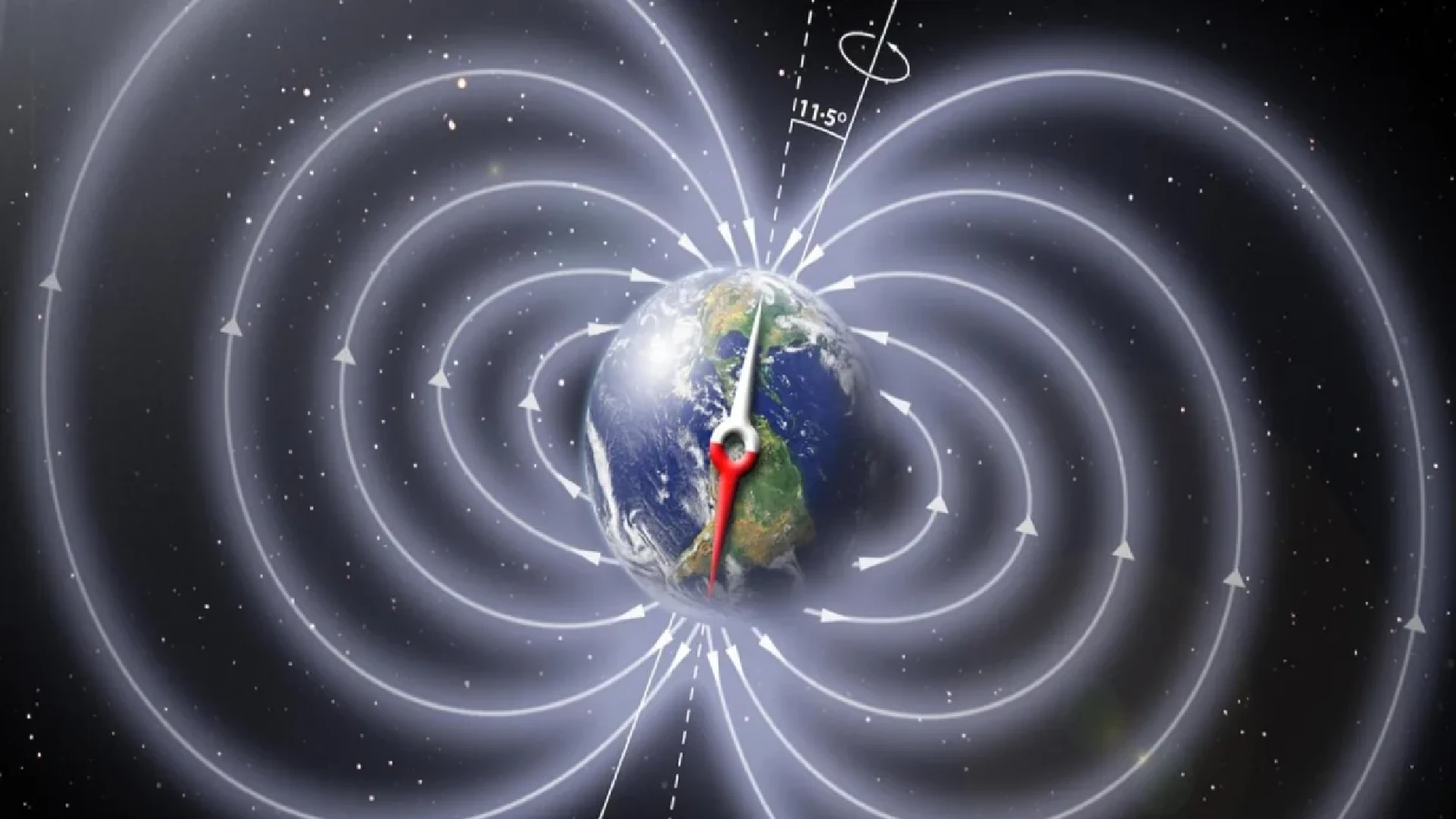Over the last 180 years, the strength of Earth’s magnetic field has decreased by about 10%. Simultaneously, a region with an exceptionally weak magnetic field has developed off the southern coast in the South Atlantic.
We may be on the verge of a polarity shift as a result of these developments. However, according to a new study published in the journal PNAS, this may not be the case. Geologists from Sweden’s Lund University pieced together evidence dating back 9,000 years, implying that the latest changes aren’t unique and that a reversal may not be in the cards after all.
“Resemblances with the re – created oddities, we anticipate that the South Atlantic Anomaly will most likely vanish within the next 300 years and that the Earth is not on the verge of a polar reversal.” Andreas Nilsson stated.
These findings are based on analyses of burnt archaeological artefacts, volcanic samples, and sediment drill cores, all of which contain magnetic field information.
Solar winds, which normally rip apart the atmosphere, are inhibited by the magnetic fields on Earth. Thus, Earth’s magnetic field functions as an unseen shield against the harmful environment in space. However, the magnetic field is not steady, and polarity reversals occur at irregular intervals, on average every 200,000 years.
By studying how the magnetic field has changed, researchers can learn more about what creates the Earth’s magnetic field. The researchers were able to measure such magnetisations and reconstruct the path and strength of the magnetic field at specific locations and times using sensitive instruments.
